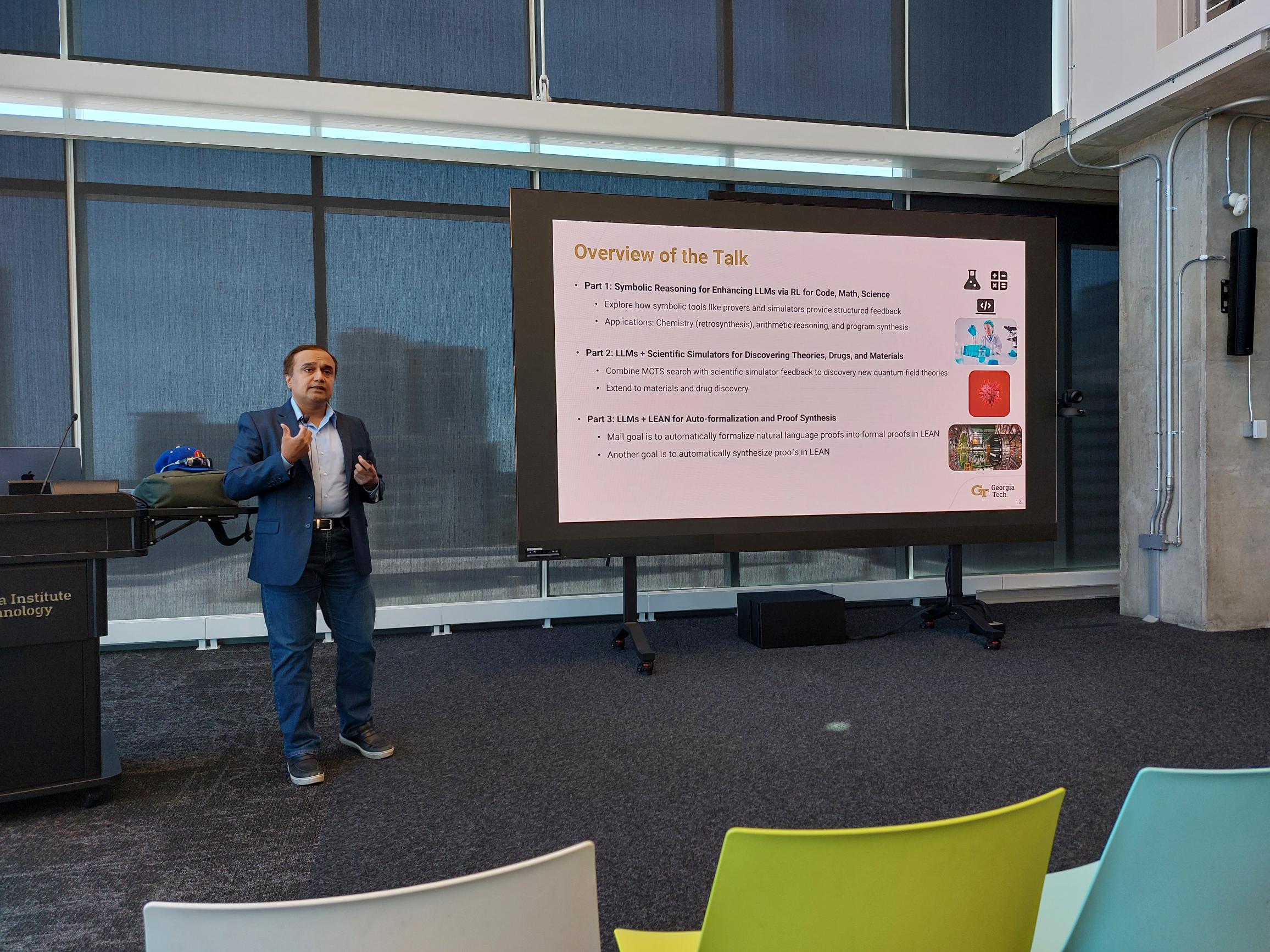The Historical Divide in AI
Artificial intelligence has traditionally evolved along two distinct paths: reasoning and learning. For decades, these subfields operated largely without interaction, with reasoning focused on logical inference and learning grounded in data-driven methods. In a recent seminar, Vijay Ganesh, professor of computer science at Georgia Tech, argued that this separation is no longer tenable. He proposed a unified approach to AI that integrates the strengths of both domains to tackle frontier challenges such as trustworthy AI, AI for science, and AI for mathematics.
From Solvers to LLMs: A Two-Way Street
Ganesh presented a series of techniques that demonstrate how machine learning can enhance automated reasoning tools like SAT and SMT solvers, and conversely, how symbolic reasoning engines can improve the performance and reliability of large language models (LLMs). Central to this approach is the idea of a feedback loop: machine learning models act as synthesizers that generate hypotheses or solutions, while reasoning engines serve as verifiers, refining the models through corrective feedback during training, fine-tuning, or inference.
Pioneering Work and Future Directions
With a distinguished career that includes the development of leading solvers such as STP, MapleSAT, and MathCheck, Ganesh has long been at the forefront of symbolic reasoning research. His recent shift toward hybrid AI systems reflects a growing recognition that bridging reasoning and learning is critical to advancing the field. By combining the generative capabilities of ML with the rigor of logic-based verification, his work aims to create AI systems that are not only powerful but also transparent, secure, and trustworthy.


